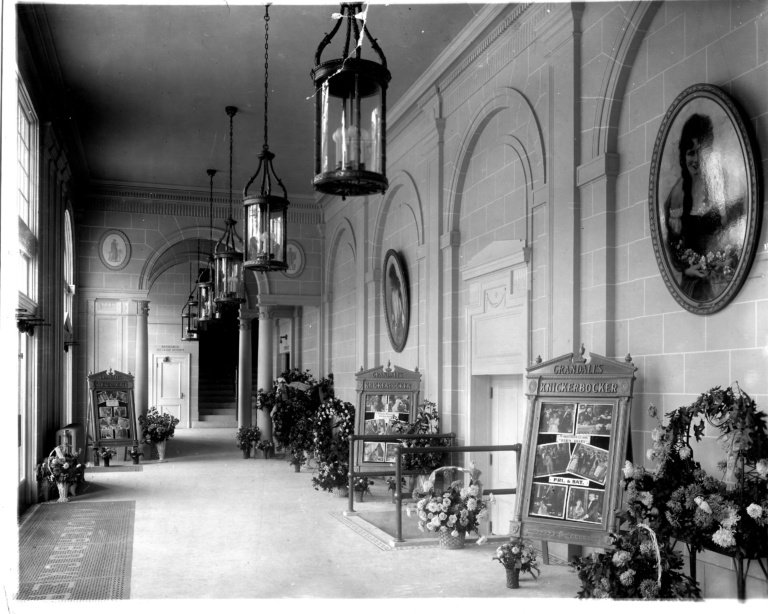Knickerbocker Theater Disaster
A hundred years ago, a popular theater in Adams Morgan collapsed, killing 98 people. What has come of this historic site and how is it remembered today?
On January 29th, 2022, the Humanities Truck collaborated with community photographer and local activist Nancy Shia to display an exhibit about the Knickerbocker Theater Disaster at its 100th Anniversary memorial. Below are photos from the exhibit, alongside a brief history of the event.
Before the Disaster

The Knickerbocker Theatre, pictured above, opened on October 13, 1917 in today’s Adams Morgan neighborhood. Audiences of up to 1,700 patronized the theater for silent movies and live performances. The Knickerbocker was both a family-friendly and elegant place for people to enjoy entertainment in DC. Reginald Geare, a well-known theater architect of the 1920s, designed the building. He was blamed alongside others for its structural failures, though never proven guilty.
Tragedy on 18th Street
In hopes of watching the latest silent movie, people went to the theater during a large snow storm on January 28th, 1922. During the movie, the theater’s roof collapsed due to the weight of the snow and building shortcomings, trapping hundreds and ultimately killing 98 people. This continues to be one of the deadliest accidents in DC’s history.
Lorem ipsum dolor sit amet, consectetur adipiscing elit. Ut elit tellus, luctus nec ullamcorper mattis, pulvinar dapibus leo.

